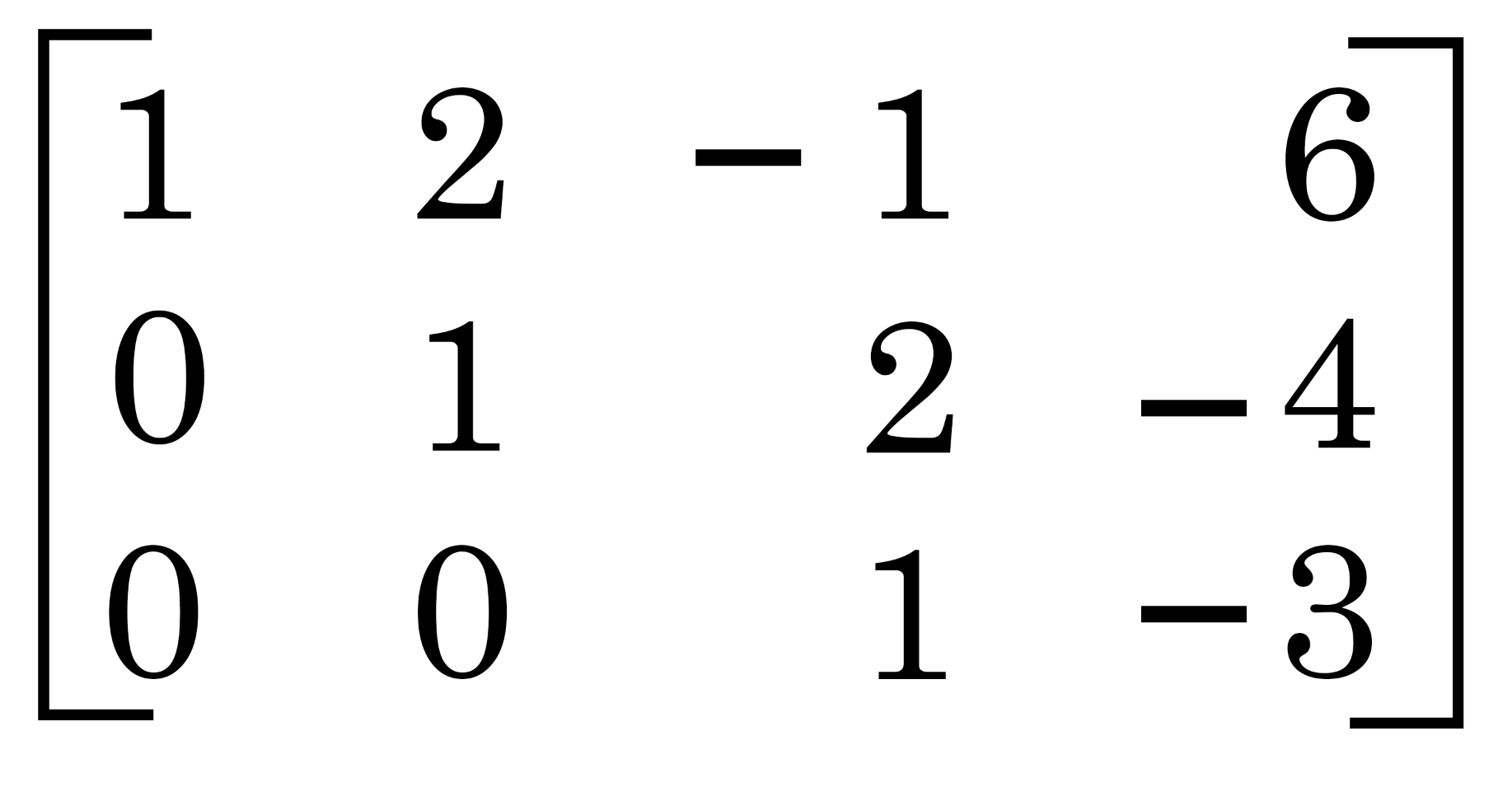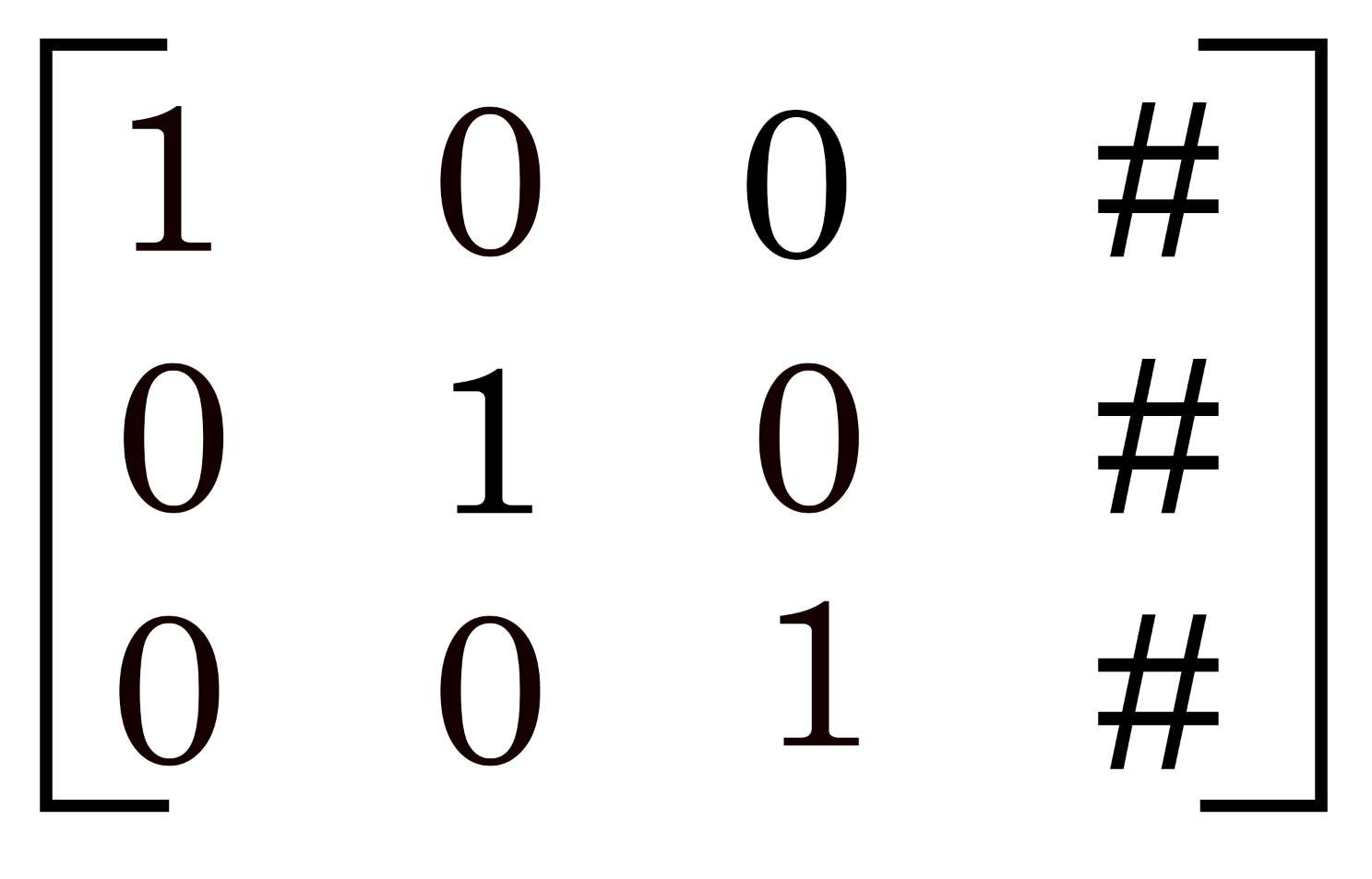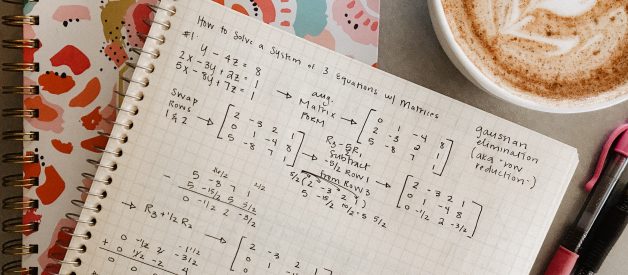So you?ve graduated from two-variable systems of equations to the big leagues, three-variable, three equation systems! Gone are the days of simple Substitution and Elimination methods and welcome to the world of nearly page-long solutions.
In this guide, you?ll learn about two different techniques you can use to solve these complicated systems. Let?s jump in!

What is a Three-Variable System of Equations?
The first question you may have is what exactly is this three-variable system? You may remember from two-variable systems of equations, the equations each represent a line on an XY-coordinate plane, and the solution is the (x,y) intersection point for the two lines. In other words, the solution is the value or values for x and y that hold true for both equations.
Three variable systems of equations aren?t so different. The solution still represents the values for x, y, and z (or whatever variables your equations are using) that when plugged into each equation holds true.
Visually, a three-variable equation is represented in 3-dimensional space as a plane in the xyz-coordinate axis. Don?t worry, you seldom will be asked to graph a set of three variable systems in 3D space. It?s probably sufficient for you to understand that the solution to your three-variable system of equations is the values that will make all three equations true and represents the intersection of three planes in 3D space.
Three Variables, Three Equations
In general, you?ll be given three equations to solve a three-variable system of equations. This is similar to how you need two equations to solve a standard system of linear equations. In some cases, you may be able to solve a three-variable system of equations with only two equations, but it isn?t as common.
Two Methods
Just like when you were solving two-variable systems of equations you had multiple methods to choose from, you have a couple of options here as well. The two main methods are called the Backsolving Method and Gaussian Elimination/Row Reduction Method (sometimes called Gauss-Jordan Elimination). The main difference is whether you want or need to solve the system using equations or matrices.
If you are in second-year Algebra or PreCalculus, most likely you?ll be using the Backsolving Method. If you are in a Linear Algebra or computer programming course, you?ll probably be asked to solve using Gaussian Elimination with matrices.
The Backsolving Method
The Backsolving Method is reminiscent of the Elimination Method from our standard systems of equations arsenal. In fact, you?ll be using the Elimination method multiple times in the course of the backsolving method.
The basic idea behind the backsolving method is to take your 3 three-variable equations and make 2 two-variable equations so that you can solve them using the traditional substitution or elimination methods. Once you find one variable?s solution, you can then back solve to find the solutions for the other two variables.
It?s a bit tedious, but a fairly simple process once you get the hang of it. In the following video tutorial, I demonstrate how to choose two sets of two equations to perform the elimination method on, and then back solve to solve for all three variables.
The key to completing the backsolving method successfully is to eliminate the same variable from your two sets of three-variable equations. This ensures that the two resulting two-variable equations are capable of being solved using the substitution or elimination methods. Again, this is easier in practice so check out the tutorial below to see it in action 🙂
Gaussian Elimination
If you?re familiar with matrices, Gaussian Elimination is a wonderful way to solve three-variable systems of equations as well as systems with more variables and more equations. There is quite a bit of set up work involved in order to use this method, but the payoff is once you have it set up the system is straightforward to solve.
The basic idea is to translate your system of equations into a matrix using placeholder zeroes and ones where needed. Once you have the matrix set up, you can begin manipulating it by using basic properties of matrices. The process is like a game where you add, subtract, multiply, and divide the rows in your matrix in order to make zeroes and ones in specific locations.
As you work through your matrix, you?ll be working to ?row-echelon? and/or ?reduced row echelon? form. Row echelon is when you have a diagonal of ones going from the upper left to the second-to-the-right bottom row and under all the ones you have zeroes.
 Example of Row Echelon Form (also known as Triangular form)
Example of Row Echelon Form (also known as Triangular form)
Reduced row echelon form is when in addition to having the diagonal of ones and zeroes beneath, you also have zeroes above the ones. Reduced row echelon form is ideal because you can easily read off the solution to your system of equations without any additional work.
 Reduced Row Echelon Form
Reduced Row Echelon Form
To learn how to solve a 3×3 system of equations using Gaussian Elimination, check out the video tutorial below. Once again it?s easier in practice than it sounds in writing!
For more help with Gaussian Elimination check out this tutorial with step-by-step instructions.
Infinitely Many & No Solution Explained
Just like with two variable systems of equations you can have infinitely many solutions or no solution. Since we?re now working with three planes instead of two lines, we have more scenarios that can result in infinite or no solution.
Infinitely Many Solutions
There are multiple ways you could wind up with infinite solutions in a three-variable system of equations. The most obvious is that the three planes could be the same so that a solution to one equation will be the solution to all of the equations. Another possibility is that all of the equations are different but they intersect in a line, and we know from our standard system of equations that a linear solution set is infinitely many solutions. Lastly, we could have two equations that are the same plane that intersect the third plane forming a line.
No Solution
There are a few different scenarios that leave you with no solution when dealing with three variable systems. The most common is that you have three parallel planes that never intersect and therefore have no intersection points. Another possibility is you have two parallel planes and one intersecting plane or three planes that intersect but not at the same location.
In all of the scenarios, you are unable to produce a point or set of points that represent the intersection of all three planes. Fortunately, if you are using Gaussian Elimination no solution results are really easy to detect because you will stumble across a row that translates into a false statement, such as 0=1 or some similar contradiction. This is your indicator that the system has no solution, and remember if it has no solution the system is inconsistent.
Dependent, Independent, & Inconsistent Systems
Any system you have will fall into one of three categories: dependent, independent, or inconsistent.
Dependent System
A dependent system has infinitely many solutions. Recall from above that there are multiple ways your system could produce an infinite number of solutions (all three planes are the same plane or they intersect to form a line).
Independent System
If a dependent system has infinitely many solutions, then an independent system has a single solution. For an intersection of three planes, you?ll end up with an (x, y, z) coordinate as your solution, or in other words a value for each variable in your system.
Inconsistent System
A system is inconsistent if there is no solution.
The Opposite of Inconsistent must be Consistent
And finally, if it?s not inconsistent it must be consistent, which means that it has at least one solution. A system is consistent if it has a solution ? it can be one solution (i.e a coordinate point answer) or infinitely many solutions, so long as there is a solution!
Need More Math Help??
- Check out Math Hacks on YouTube for more hands-on math tutorials covering popular topics from Algebra through Advanced Math.
- You can find a number of interesting math topics and problems right here on Medium, just click that follow button!
Thanks for joining me!
? Brett


